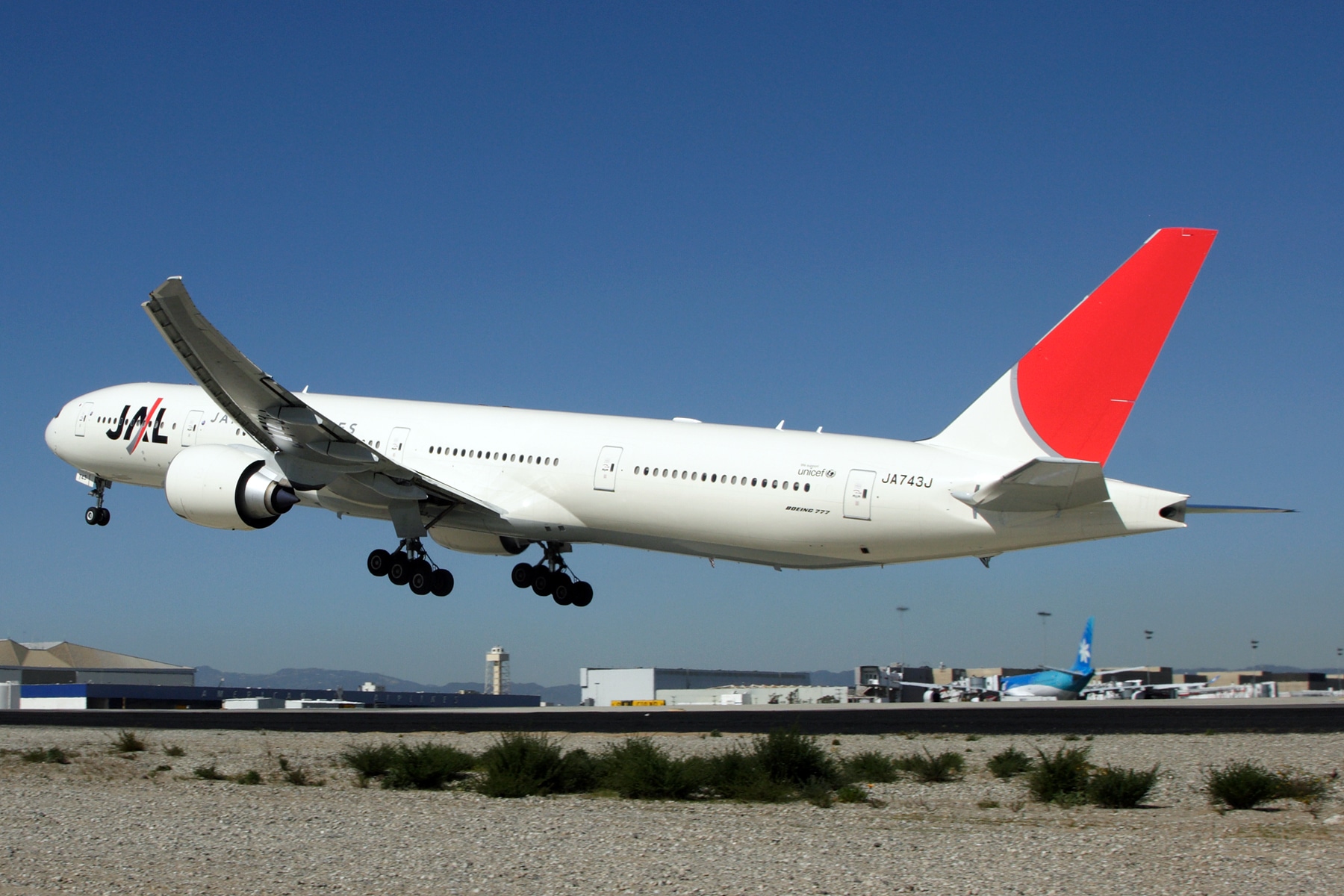Japan Airlines’ order for A350 aircraft was momentous not just for Airbus breaking into a loyal Boeing customer, but also since JAL selected the A350-1000 to succeed its 777-300ER, a market size Boeing has dominated.
But as JAL approaches its first A350-1000 delivery next year, it sees a need to retain the incumbent fleet.

“The 777-300ER will still continue being used as a core aircraft for the JAL Group,” JAL VP Procurement Ryo Tamura said at the Singapore Airshow.
JAL has 13 -300ERs in service and orders for 13 -1000s. JAL’s -300ERs are mid- to late-life, having been built 2004-2009.
JAL last year started an interior project on the -300ERs to refresh the cabin and bring the style in line with its new A350 interior design.
The project largely focuses on surfaces and seat covers and does not entail changing seats or monuments, making it a relatively minor – and inexpensive – project compared to an extensive retrofit.

Tamura did not disclose how JAL will deploy its -300ERs once its receives the -1000s. “We are currently preparing the next four-year mid-term business plan so we have to discuss and decide,” he said.
JAL’s 13 -300ERs are its only large aircraft in comparison to All Nippon Airways’ fleet of 28 -300ERs plus a planned fleet of three A380s dedicated to the Hawaii market.
Whereas JAL has to use a combination of -300ERs and 787s to prime markets it serves multiple times a day whereas ANA can use multiple -300ERs.
JAL’s new wholly-owned subsidiary Zip Air Tokyo is launching with older 787s from JAL. Although not explicitly stated, Zip appears to remain focused on growing with 787s.










